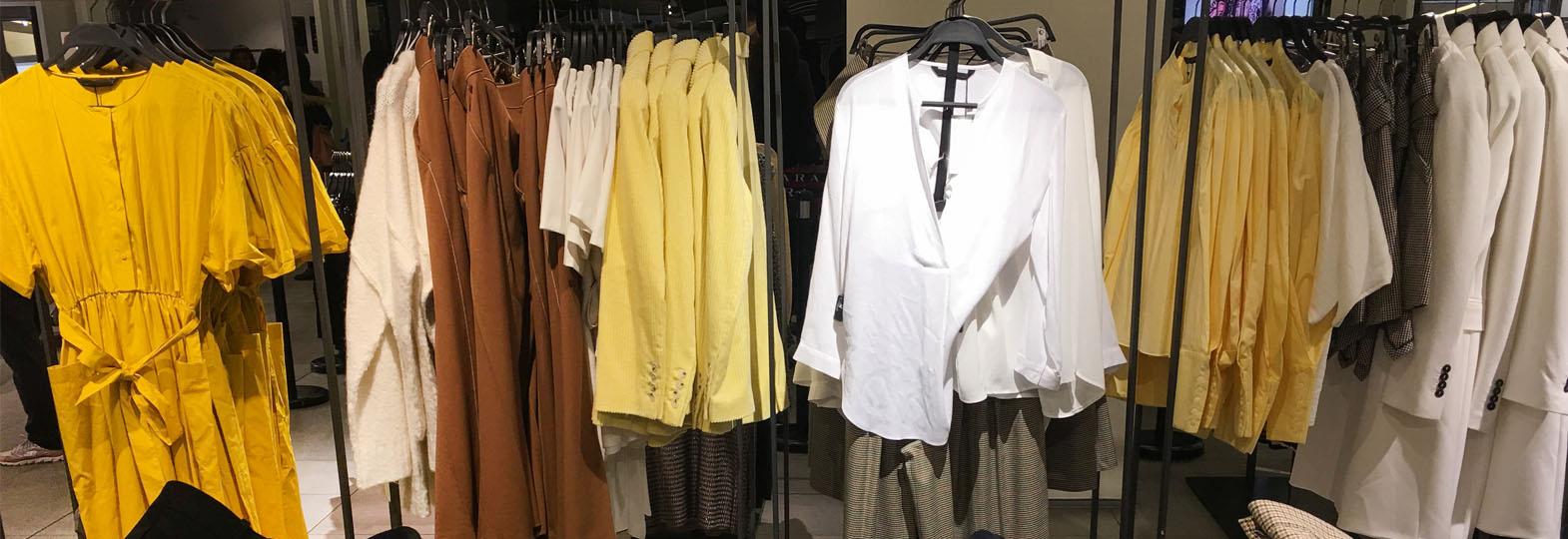Did you know that 8-10 per cent of carbon emissions are caused by the fashion industry alone? That is more than all the international flights and marine shipping industry combined. The fashion industry is a market worth $1.5 trillion and is predicted to increase to approximately $2 trillion by 2026. However, despite the market size, the industry faces several significant challenges that need immediate attention. The fashion industry has been running on traditional production models from ages.
Conventional production hubs such as India, Bangladesh, and Vietnam have long been known for their production models based on cheap labour, access to raw materials, and low-cost manufacturing. Additionally, many of these countries have duty-free access agreements with other countries. This allows them to export their products at a lower cost. However, these traditional production models can often lead to ethical and sustainability concerns. At the core of ever-changing fast fashion, the dark reality of ‘sweatshops’ cannot be ignored. With the reality of grim working conditions coming to light, we are now seeing the rise of conscious consumerism. As a result, these countries face increasing pressure to improve these issues.
Current challenges plaguing the fashion industry
Many of the traditional production models are not suited to the rapidly changing global standards and consumer demands. Some of the hurdles they face include:
Lack of sustainability: The fashion sector consumes 93 billion cubic metres of water yearly, enough to cover the requirements of five million people, adding considerably to water scarcity in some areas. Furthermore, 85 per cent of all textiles are discarded yearly. Add to that the considerable amount of microplastics that are released in the ocean, and you can see how the industry poses a herculean threat to the environment.
Lack of real-time production data: Traditional clothing factories rely on past performance and guesswork to forecast production output due to the lack of big data and predictive business analytics. Hence, factory owners are forced to take a reactive approach to consumer demand leading to inventory mismanagement.
Zero worker accountability: In (sometimes dingy) assembly lines, a single product changes several hands ultimately leading to no accountability for suboptimal outcome. Production quality can hugely suffer in such cases as mistakes cannot be traced back to a single worker. As such, efficiency in production is hindered, and the resulting culture within the organisation is unconstructive.
Lack of technological advancements: Poor digitisation leaves traditional production methods inept to handle large-scale production, limiting the industry’s ability to grow and expand. Legacy systems and processes may not be able to achieve the same level of precision and accuracy as newer manufacturing technologies, which can lead to quality issues.
Long lead time: Quality-assured production, personalisation and supply chain inadequacies may lead to delayed lead times. This stops fashion companies from responding quickly to changes in consumer demand, trends, and other market conditions. This can limit the industry’s ability to be agile and adapt to new opportunities.
The pandemic had a huge impact on the fashion supply chain and forced fashion houses to rethink the way they procure, manufacture, distribute and market.
A supply-chain transformation is long overdue for future-proofing manufacturing. Let’s take a look at some of the strategies for putting the fashion industry on a path of development, innovation, and sustainable fashion.
Game-changing fashion production models in 2023
Several new production models in the fashion industry aim to address the problems associated with traditional production methods.
1. Circular fashion
A circular economy based on restorative and regenerative principles is the underlying foundation of a sustainable fashion economy. The aim is to keep resources in use for as long as possible. This model focuses on designing clothes that can easily be repaired, reused, refurbished, or recycled. This can help to reduce waste and create new revenue streams. It also provides transparency and traceability to the consumer, giving them knowledge of the life cycle of the garment they’re buying.
For example, fashion brand H&M has set a goal of 100 per cent circular fashion and climate-positive operations by 2030. The company is working to achieve this through initiatives such as their ‘Clothes Collecting’ programme. This encourages customers to bring in old clothes to be recycled or reused.
2. On-demand manufacturing
The on-demand model, in which the apparel or accessory is manufactured only once the order is placed, has been picking up pace. It was particularly useful during the pandemic presenting an effective solution for unsold inventory and forecast models’ failures. This helps to reduce waste and increase efficiency in production, as there is no need to produce large quantities of clothing that may not sell. This model also allows fashion companies to be agile and respond quickly to changes in consumer demand.
Brands like Zara and ASOS have already adopted on-demand manufacturing to great success. In fact, Zara has been able to reduce lead times from months to just two weeks, allowing them to respond quickly to changes in consumer demand.
3. Efficient track and trace
Blockchain technology is being explored to enhance transparency and efficiency for supply chain transformation. By using blockchain, fashion companies can create a decentralised and tamper-proof record of a garment’s entire lifecycle, from raw materials to production and sale. This allows consumers to trace the origins of a product and ensure that it is ethical and sustainable fashion. Additionally, blockchain can enable secure and efficient communication and transactions between different actors in the supply chain, such as manufacturers, suppliers, and retailers.
4. Nearshoring
With nearshoring, brands can expect both cost and environmental benefits. By relocating production facilities closer to consumer markets, many companies are taking advantage of shorter lead times, reductions in import taxes and transportation costs, and fewer risks related to inventory management.
Nearshoring may rapidly become fashion’s go-to logistics strategy due to its multiple advantages. Turkey has emerged as one of the main nearshoring hubs in Europe, with 85 per cent of Western European respondents expecting to increase their supply from the country over the next few years. Spanish brand Mango plans to relocate some production operations in China and Vietnam to Turkey, Morocco, and Portugal, while US footwear brand Steve Madden has moved half of its operations from Vietnam to Brazil.
5. 3-D printing
3D printing has already made its way through in industrial manufacturing and could become a transformational technology for fashion manufacturing as well. Cutting-edge digitalisation techniques using 3D design software allow for faster prototyping, more efficient and cost-effective production, and the creation of unique, one-of-a-kind garments.
One of the key benefits of 3D printing in fashion is the ability to create prototypes quickly and easily. This can speed up the design and development process, allowing fashion companies to bring new products to market more quickly. Additionally, 3D design software allows for greater customisation, as designers can easily create multiple variations without needing additional tooling or mould.
Europe’s largest sportswear manufacturer Adidas has been experimenting with 3D printing to produce shoe soles and other footwear components. The company announced that it had produced the world’s first 3D-printed shoe, using a proprietary process called ‘Speed factory’, which aims to improve efficiency in production and reduce waste.
Wrapping up
The fashion industry touches billions of lives around the world and has a significant impact on the environment we live in. A shift towards newer models like circular and on-demand could not only make the entire industry more sustainable but would also improve overall production quality and customer experience. An eco-conscious consumer will always be on the look-out for conscious brands, and so brands will need to embrace certain major changes in their production models in order to position themselves for success.








Comments